1923
In the black and white photo, 1923 written in faded pencil in the lower left hand corner, neatly scalloped perforations along the borders—my grandmother and her sister, Rose, are standing on the beach. Coney Island: I know this because the steel tower that is The Parachute looms prominently in the distant background. In the nearer background the crowd is a swell of bikinis and bathing suits and sandals and bare feet.
My grandmother and her sister are standing side by side, practically grafted at the hip, the both of them smiling wider rubbery smiles. Summertime smiles. Rose is several years younger than my grandmother, she is also slimmer and slightly taller. Her narrow beak-like nose seems, in contrast, to extend the width of her almond-shaped eyes.
My grandmother—squat, buxom, busty—has a darker complexion than Rose, and that’s how I’ve always known my grandmother: sun-baked, year-round, reminding me of an overdone potato.
I look at the writing—1923—and wonder whose handwriting it is. I try to imagine it being written in the year 1923, then try to imagine the year 1923, what it was like, try to imagine the hustle and verve and majesty of Coney Island in its heyday, try to imagine the Depression, which will come on like a plague in six years and cast a dark pall over people’s visions and dreams and optimism. I try to imagine these things and only get as far as surface thoughts, lean imaginings.
In relation to me, my grandmother has always been old, and when I see this photo of her in 1923, I feel as if I’m looking at the person who played my grandmother in the early part of her life. Not was her, but played her: the young actress who fulfilled the role until a slightly older actress stepped in, who was then replaced by a slightly older actress, and so on and so forth. Now that my grandmother is dead she is no longer played by anyone. No more flesh-animated actors are required to keep the drama alive and running: my grandmother, as a ghost, has been liberated from further participation in Life-the-Movie.
Thinking of the photo, 1923, I think of myself, how I’m growing older, and if I were to look at photos of myself—when I was eight, fourteen, twenty-one, twenty-six—I would see all the people who I thought I was, all the actors who played me for a while. By the time I pass away, there will exist a slide-show gallery of actors and masks to view in relation to my life, but the sum-of-all-their-parts will not equate to the definitive version of me, won’t even come close.
Absence, I suspect, holds the dearest most essential parts of us, which is why a photo of my grandmother in 1923, is a misleading speck of evidence in a much larger and more mysterious investigation.
Originally from Brooklyn, NY, John Biscello now calls Santa Fe, New Mex homebase. A scab, scribbler, trespasser and playwright, some of his writings can be found at johnbiscello.blogspot.com. Contact of almost all kinds welcome, save for pigeon-dispatched-letters.

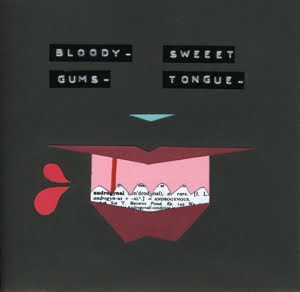.jpg)
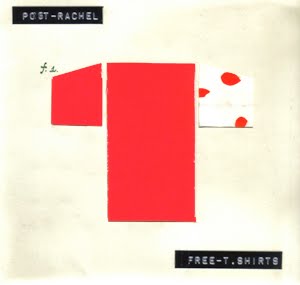.jpg)
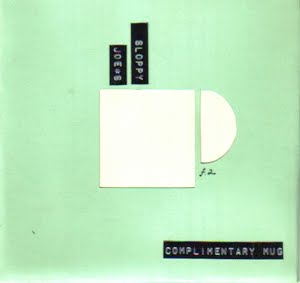.jpg)
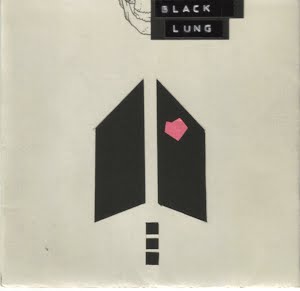.jpg)
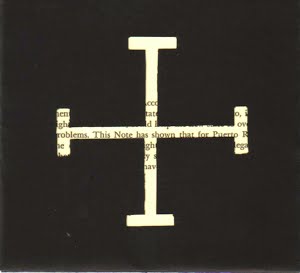.jpg)


No comments:
Post a Comment